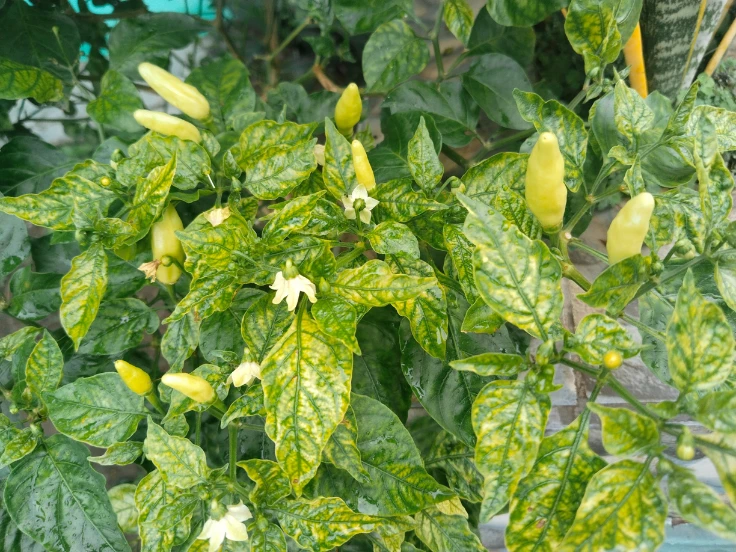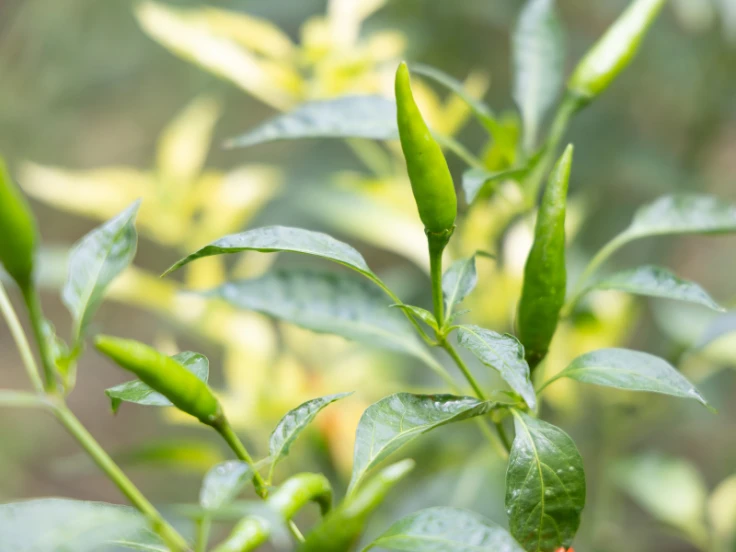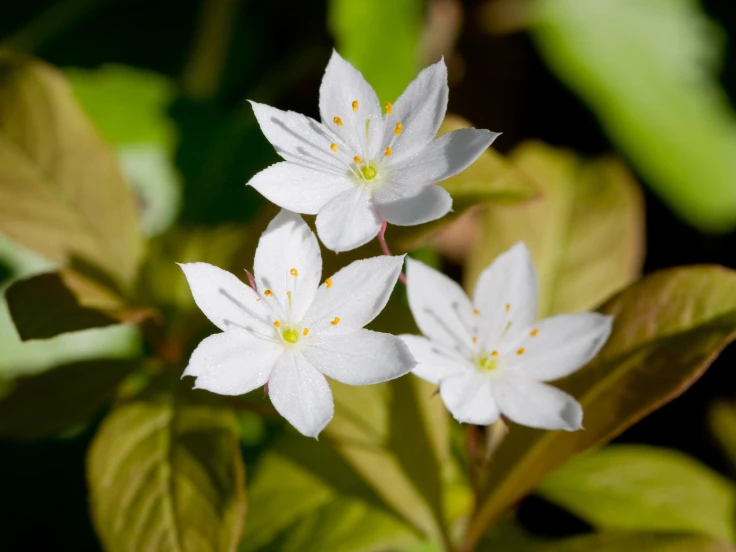Growing jalapeno pepper plant flowers is one of the most rewarding experiences for home gardeners. These tiny white blooms represent the start of something spicy, flavorful, and vibrant. They signal that your jalapeno plant is healthy, thriving, and ready to produce fruit. However, to enjoy a continuous harvest, understanding how these flowers form and flourish is essential.
In addition, learning the science behind their growth can help you create the perfect environment for blooming. Whether you’re a beginner or an experienced gardener, mastering this stage ensures stronger plants and abundant peppers throughout the season.
Understanding Jalapeno Pepper Plant Flowers

Before the fruits appear, jalapeno pepper plant flowers begin developing at the nodes of stems and leaves. Typically, the first blooms appear about 8–10 weeks after planting. During this phase, the plant directs energy from leaves into flower production.
Interestingly, each flower is self-pollinating. This means it contains both male and female parts, allowing it to produce fruit without relying on other plants. However, when bees or wind assist pollination, the results are even better. Consequently, strong and healthy flowers lead to a higher yield of flavorful jalapenos.
Moreover, the delicate structure of these blossoms makes them highly sensitive to temperature and watering changes. Therefore, consistent care is vital for steady flowering and fruiting.
Ideal Conditions for Healthy Jalapeno Flowers
To grow vibrant blooms, your environment must be balanced and stable. Here are the key growing requirements to ensure success:
- Sunlight: Provide 6–8 hours of direct sunlight each day.
- Temperature: Maintain warmth between 70°F and 85°F (21°C–29°C).
- Soil: Use nutrient-rich, well-draining soil.
- Watering: Keep the soil moist but never waterlogged.
Additionally, fertilize every two weeks using a balanced mix to support both flowering and fruit formation. Too much nitrogen, however, can result in leafy plants with few blooms. Therefore, choose fertilizers that are higher in phosphorus to promote flower growth.
How to Encourage More Jalapeno Pepper Plant Flowers
Even though jalapeno plants bloom naturally, a few techniques can dramatically increase flower production:
- Use bloom boosters: Choose phosphorus-heavy fertilizers for stronger flowers.
- Avoid excessive nitrogen: It encourages leaf growth instead of flowering.
- Prune lower branches: This improves airflow and directs energy toward new blooms.
- Encourage pollinators: Grow companion plants like basil, lavender, or marigolds nearby.
- Maintain consistent moisture: Irregular watering can cause flower drop.
Furthermore, regularly harvesting mature peppers stimulates your plant to produce additional blooms. As a result, your garden remains productive for months.
Common Problems Affecting Jalapeno Pepper Plant Flowers
Like all garden plants, jalapenos face challenges that may affect flowering. Below are some frequent problems and practical solutions:
- Flower Drop: Extreme heat or irregular watering often causes flowers to fall off. Therefore, protect plants during hot afternoons and water evenly.
- Pests: Aphids, thrips, and whiteflies can damage buds. Use neem oil or insecticidal soap weekly to prevent infestations.
- Poor Pollination: Indoor plants may require hand pollination. Simply transfer pollen using a soft brush.
- Nutrient Deficiency: If leaves turn pale or flowers stay small, add a balanced fertilizer or compost tea.
By addressing these issues early, you’ll encourage healthier jalapeno pepper plant flowers and stronger fruiting cycles.
Pollination and Fruit Formation Process

Pollination transforms blossoms into peppers. When pollination occurs, the petals fall, and a small green pod begins to form. In nature, bees, butterflies, and breezes perform this task. However, if your plants grow indoors, you can mimic the process. Gently shake the stems or use a cotton swab to move pollen between flowers.
As a result, properly pollinated jalapeno pepper plant flowers produce uniform, flavorful fruits. Conversely, flowers that remain unpollinated will wither and drop. Therefore, consistent observation during this stage ensures better yields.
Caring for Jalapeno Plants During Blooming
Once flowering begins, your focus should shift toward stability and balance. Maintain consistent watering schedules and check soil moisture regularly. In addition, feed your plants with organic compost or diluted fish emulsion to strengthen blooms.
Avoid sudden environmental changes, such as moving containers from sun to shade. Moreover, proper ventilation reduces fungal infections that might harm flowers. If conditions remain favorable, your plants will continue blooming and fruiting well into late summer.
What Happens After Jalapeno Pepper Plant Flowers Fade

When the flowers fall off, small peppers start forming. During this period, lower the nitrogen content in your fertilizer to support fruit development. Continue watering evenly and protect young fruits from pests.Additionally, removing ripe jalapenos encourages your plant to focus energy on new growth. As a result, a single plant can yield dozens of peppers in one season. Regular pruning and harvesting are therefore essential to maintaining productivity.
Interesting Facts About Jalapeno Pepper Flowers
- The name “jalapeno” originates from Jalapa, a city in Mexico.
- Each bloom lasts only 2–3 days before forming fruit.
- A mature jalapeno plant can produce up to 30 peppers.
- These flowers naturally attract beneficial insects such as bees and ladybugs.
- Jalapenos can bloom again after harvest, ensuring multiple crops per season.
In addition to their beauty, these flowers symbolize renewal and productivity in your garden.
Indoor Tips for Jalapeno Pepper Flower Care
Growing jalapenos indoors requires attention to light, humidity, and pollination. Therefore, use full-spectrum grow lights for 14–16 hours a day and maintain humidity around 60%. Moreover, good air circulation prevents diseases.Since indoor plants lack natural pollinators, you should hand-pollinate regularly. In return, you’ll enjoy continuous blooms and homegrown peppers year-round.
FAQs
Q1: Why are my jalapeno flowers falling off before fruiting?
They may be affected by inconsistent watering, heat stress, or nutrient imbalance. Adjust conditions promptly to fix the issue.
Q2: How long after flowering do peppers appear?
Usually, peppers start forming within 2–3 weeks of pollination.
Q3: Can pruning help increase blooms?
Yes, pruning encourages air circulation and directs energy to new flowers.
Q4: Do jalapeno plants produce flowers multiple times a year?
Yes, with proper care, they can bloom repeatedly during the growing season.
Conclusion
In conclusion, jalapeno pepper plant flowers represent more than just the beginning of a harvest. They are a sign of balance, health, and care. By providing proper sunlight, consistent watering, and timely nutrition, you ensure that your plants continue producing strong flowers and spicy fruits all year long. For gardeners interested in exploring more vibrant plants and festive greenery, you can also discover traditional Christmas flowers and plants that bring color and joy to any space.
Ultimately, whether you grow jalapenos indoors or in an outdoor garden, focusing on the flowering stage will reward you with abundant yields and flavorful results. Just as gardeners choose plants with large flowers to create stunning visual impact, nurturing every jalapeno bloom ensures both beauty and productivity. Therefore, monitor your plant’s progress and enjoy the rewards that each stage of growth brings.


















